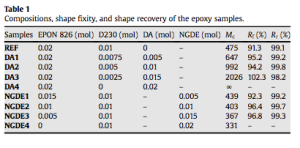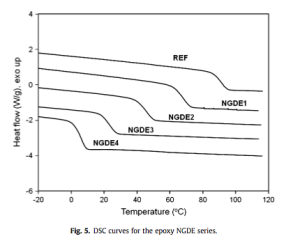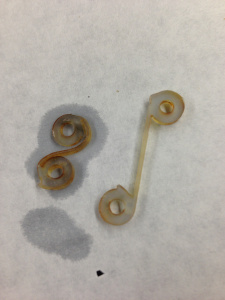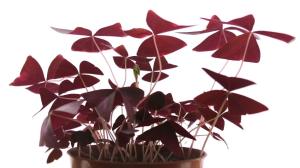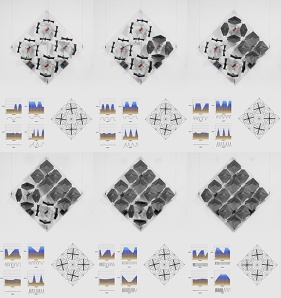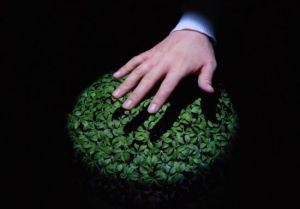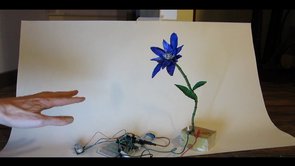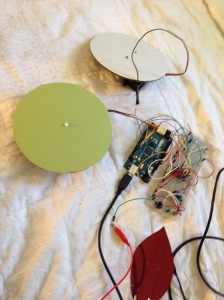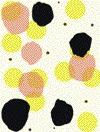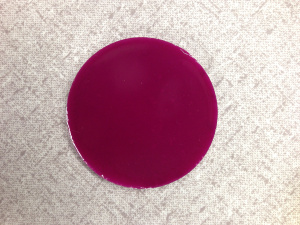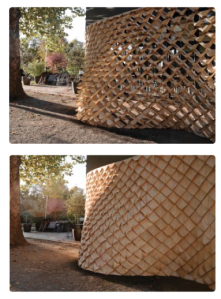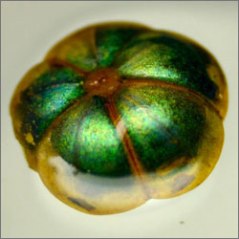Artistic Description of Work: I have entitled my work “Auxesis” which is from the greek meaning growth. Auxetic shapes occur in nature, specifically in cellular structure of many protein molecules. These shapes are unique in that they exhibit a negative Poisson’s ratio, meaning their lateral width increases when stretched from either end. This inverse stretching behavior mimics the movement of the chromatophore cells within the chameleon and other animals. On the skin of the chameleon, several chromatophores exists containing varying colors. These chromatophores behave as a flexible bags of color that is either stretched out to cover a large flat area or retracted back to a small, retracted point. Each chromatophore is attached to radial muscle fibers at various points along its edge controlled by a nerve fiber. When a nerve impulse is sent, it causes these muscles to contract and expand the chromatophore. When the muscles relax, the chromatophore returns to a small, compact shape, thus reducing its area and making the pigmented area shrink. This work employs shape memory polymers with fabric shaped in an auxetic shape, a chiral, to mimic the behavior of chromatophores. Shape memory polymers are materials that can recover a set shape upon heating. This recovery is due to the fact that the stiffness of the material changes above what is called the glass transition temperature, Tg. Above this temperature, the material is “rubbery” and below it the material is “flexible.” When a shape memory polymer is heated above its Tg, it can be deformed. Upon cooling, it will keep its deformed shape until heated again to a temperature above Tg.
Description of Process of the Artwork: The artwork contains three components, the shape memory polymer, the servo motors, and the temperature sensors. A description of the process involved making the artwork is given below:
Molding the Shape Memory Polymer (SMP): In order to make the shape memory polymer, first a mold to cast the polymer in was made. A mold design was drawn in SolidWorks and then the printed with the 3D printer. The mold made from the 3D printer is given below:
This 3D printer mold was used to cast a silicon rubber mold. To make the silicone rubber mold, Freeman V-330 Mold Making Silicone Rubber was used. The V-330 silicone rubber components were weighed and mixed in the proper ratios. The mixture was then degassed for approximately 20 mins and poured into the 3D printer mold. This mixture cured in the 3D printer mold for at least 16 hrs. The silicone rubber mold is given in the picture below:
This mold was used to cast the polymer. In order to make the polymer, three components are mixed together, these components are Jeffamine D-230, Epon 826, and Neopentyl Diglycidyl Ether (NGDE). Jeffamine D-230 is the cross-linking agent in this mixture. Depending on the ratios of NGDE and Jeffamine, the glass transition temperature can be adjusted. Xie et. al. has tested various mix ratios and has given them in the table below (1):
The mix ratios of concern are NGDE1-NGDE4. Xie et. al. have also done differential scanning calorimetry (DSC) on these different mixtures to determine their Tg values. The results of the DSC are given below (1):
Therefore, from the table and DSC results a suitable mixture can be chosen depending on the desired transition temperature. A summary of the converted mole ratios to volume ratios and Tg values for each of the mixtures is given below:
NGDE1: 4.7 ml Epon 826/2.43 ml Jeffamine/1 ml NGDE, Tg ~ 70 deg C
NGDE2: 3.14 ml Epon 826/2.43 ml Jeffamine/2.08 ml NGDE, Tg ~ 50 deg C
NGDE3: 1.57 ml Epon 826/2.43 ml Jeffamine/3.12 ml NGDE, Tg ~ 30 deg C
NGDE4: 0 ml Epon 826/2.43 ml Jeffamine/4.15 ml NGDE, Tg ~ 10 deg C
In order to make the SMP, the desired transition temperature is chosen with the associated appropriate volume ratios and the ratios are scaled to fill the silicone rubber mold. The Epon 826 is heated at 75 deg C on a hot plate for approximately 15 minutes to increase its flow. Then, all three components are measured and stirred together in a beaker. The mixture is then degassed for approximately 20 minutes or until no bubbles appear. The degass set-up is given below:

This photo is of the degassing set-up which contains a vacuum pump, a thermocouple, a hot plate, and a degauss chamber. The thermocouple and the hot plate are used to heat the mixture, below the Tg and above room temperature, while degassing.
After the mixture is degassed, it is poured into the silicone mold. Then it is set in the oven to cure. The SMP is cured 100 deg C for 1.5 hrs and then post-cured at 130 deg C for 1 hr. A picture of the oven is given below:
After, the SMP was cured, the oven door was left open to allow the SMP to cool in mold. It was found that if the oven door was not left open, some additional post-curing occurred which in turn affected the Tg. A picture of the resulting SMP is given below:
Laser-Cutting the Shape Memory Polymer: To explore different shapes that would mimic the chromatophore, the laser-cutter was used. Through, this exploration, a chiral shape, which is an auxetic shape exhibiting a negative Poisson’s ratio, was chosen. This idea was based on the work of Rossiter et. al. The images below from Rossiter describe how the chiral works (2):

Contraction of chiral structures; (a) expanded and (b) compressed triangular element, (c) a single structural element at maximum extension and (d) at maximum contraction (2)
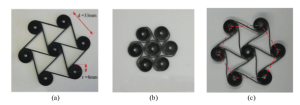
(a) As-fabricated deployed state of laser cut SMP hexachiral auxetic, (b) compressed storage state, (c) deployed structure after shape recovery (2)
A picture of one of the chiral I created is given below:
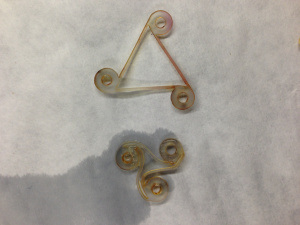
Auxetic shape memory polymer that has been compressed to its “closed” position (object on the bottom) from its “set” position (object on the top).
I went through several iterations of the chiral shape, in order to get the legs of the chiral thick enough as to not break easily. Also, I found that at a low Tg, the laser-cutter did not perform well, and the polymer resulted in a gummy polymer that was useless. Furthermore, the polymer did better when it was taped prior and frozen prior to being cut. The final chiral shape chosen was the six sided-chiral shape.
Incorporating Color Into the Shape Memory Polymer: Color was incorporated into the SMP using Solar Color Dust and Castin’ Craft Dye. Solar Color Dust changes from color to clear around 30 deg C. There were four Solar Color Dust colors to choose from: Rubine Red, Green, Blue, Magenta. In order to incorporate the Solar Color Dust, the dust was sonicated into the Jeffamine D-230 prior to the mixture with NGDE and Epon 826. The sonication proved the best method to incorporate the dust, since stirring the dust left some “weak” areas in the final product. Weak in the sense that the dust was not evenly distributed from the stirring. Sonication uses shear force to distribute particles in a solution, therefore creating a more even distribution of particles. For the final project, four colors combinations were tried:
1. Rubine Red Solar Color Dust/Blue Dye
2. Blue Solar Color Dust/Yellow Dye
3. Magenta Solar Color Dust/Green Dye
4. Green Solar Color Dust/Black Dye
Also, fabric was glued onto the inside of the polymer to represent the color sac aspect of the chromatophore. The fabric color was chosen to correspond with dye color of the polymer. A picture of the colored chorals is given below:
Some of the dyes, the green dye and the black dye, did not show up when heat was applied. However, the yellow dye and the blue dye do show when heat is applied. The color changes in the chirals are seen below:
Heating/Moving the Shape Memory Polymer: In order to utilize the shape memory aspects of the polymer, heating, cooling, and mechanical deformation need to be employed. The thermomechanical cycle is as follows:
1. The polymer is heated to approximately 20 deg C above the Tg.
2. At this temperature, the polymer is mechanically deformed by applying a load.
3. While the load is applied, the polymer is cooled rapidly to a temperature approximately 20 deg C below the Tg. This cooling sets its new deformed shape.
4. When the polymer is heated again, the original set shape is obtained.
For this aspect of the piece, the main difficulty was obtaining a flexible enough polymer and heating it consistently. Several formulations to adjust the Tg were experimented with. However, a Tg much higher than room temperature, above 50 deg C proved the ideal Tg. Also, several options in regards to heating the polymer were tried. These options included: heating with shape memory alloy, heating with a hair dryer, heating with a heating pad, and adding conductive carbon black to the polymer. The hair dryer and the heating pad proved the best means to heat the polymer. Of these two, the hair dryer was chosen because the convection heating was faster than the heating pad and it allowed for interactivity with the audience.
In order to mechanically deform the SMP several options were explored including using shape memory alloys, using a gear system, using various servo motors. The shape memory alloys did not provide enough tension to pull the chiral together. Of the other two options, the servo motor with a 6-horn arm provided the best solution to the problem. However, the servo did pose issues in regards to attachment to the canvas background. The placement of the linkage attachment was crucial. The 180 deg servo was initially tried. The 180 deg rotation did provide enough tension to pull the polymer inwards. The full rotation servo motor, however did provide the required tension. A video of the shape memory polymer closing upon being heated is given here: http://youtu.be/qsI6kRHkyr0.
Temperature Sensing the Shape Memory Polymer: The temperature of the SMP was detected using the lilypad temperature sensor. The main concern with the temperature sensing, was the location and making sure that the polymer was at a consistent temperature throughout, so it would be flexible. In order to do this task, the time the temperature sensor read the output was tracked. The code used to calibrate the temperature sensor is given here: Temperature_Calibration_Code
Description of the Physical Aspects of the Piece: The piece is made of canvas with SMP as well as other fabric. The additional fabric was used to incorporate texture and additional color depth into the work. This fabric is a representation of the octopus’s skin in that it can manipulate texture as well as color. The movement of the polymers is based on the temperature sensing. The temperature sensor and corresponding movement indicates the animal’s response behavior to its environment. As was said earlier, the fabric inside the polymer depicts the bag of color for the polymer. On the back of the canvas, the arduino, servo motors, and temperature sensors are attached. A picture of the front and back of the canvas is given below:
The code for this project is given here: Final_Project_Code
A video of the project working is given here: http://youtu.be/NFLGhkl_17g
The piece works based on temperature sensing. The polymer is heated using a hair dryer. When the temperature senses the appropriate temperature above the Tg is reached, then the servo motor turns to mechanically deform the polymer, close the chiral shape. When the viewer sees the polymer close, then he or she can turn off the hair dryer. The servo motor stays in this position until the temperature senses that the polymer is cooled to set the shape. The polymer is cooled using compressed air. The viewer can spray compressed air onto the polymer and can sense when it is cool by the color change and the fact that the motor will turn to release the polymer. Once the mechanical load on the polymer is released, the polymer will hold the set shape until it is heated again. When it is heated again, the polymer will return to its set shape. Once this heating is done, and the product cools down again the shape memory polymer is ready to repeat the cycle.
If I was given more time, I would have liked to incorporate a larger number of polymers into the work. However, there was some issues with the mold warping after a short usage, so I was unable to make more polymers. Also, I would liked to have obtained a method mechanically closing the polymers without the wire being visible.
Future Work: For future work, I would like to do the following:
1. Perform DSC measurements on the polymer with incorporated powder to see if the powder and dye change the Tg value.
2. Explore larger networks of auxetic shapes.
References:
1. Xie, T., Roussea, K., Facile tailoring of thermal transition temperatures of epoxy shape memory polymers, Polymers, 2009, 50, 1852-1856.
2. Rossiter, J. et. al., Shape Memory Polymer Hexachiral Structures with Tunable Stiffness. Smart Materials and Structures. 23 (2014).



